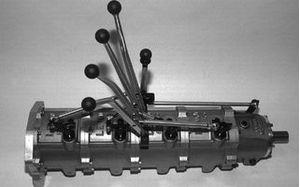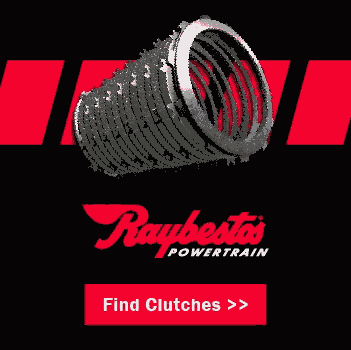
Automatic transmissions are complex systems that facilitate efficient power transfer and seamless gear shifting in modern vehicles. Among the key components that make this possible are planetary gears, which operate on intricate mechanical principles. In this comprehensive article, we will delve into the fascinating world of planetary gears, exploring their structural composition, working principles, modes of operation, advantages, common maintenance issues, and potential future advancements in automatic transmissions.
Understanding Planetary Gears
Planetary gears, also known as epicyclic gears, are a type of gear system employed in automatic transmissions. Unlike traditional gear systems, planetary gears consist of multiple gears that work together to achieve a wide range of gear ratios. The fundamental structure of a planetary gear set consists of three primary components: the sun gear, the planet gears, and the ring gear. Each of these elements plays a critical role in the overall functionality of the gear system.

Source: Wikipedia
Working Principles of Planetary Gears
The working principles of planetary gears are based on the interaction and motion of the sun gear, planet gears, and the ring gear. The sun gear serves as the input, transmitting power from the engine, while the ring gear acts as the output, delivering power to the wheels. The planet gears, arranged around the sun gear and meshing with both the sun gear and the ring gear, serve as intermediary gears.
By engaging different combinations of these gears, various gear ratios and speed variations can be achieved. The arrangement of the gears determines whether the output rotates in the same direction as the input (direct drive), in the opposite direction (reverse drive), or at a different speed (gear reduction or overdrive). The torque distribution and power flow within the gear set ensure efficient power transfer from the engine to the wheels, enabling smooth and controlled vehicle operation.


Source: hawkridgesys.com
Modes of Operation in an Automatic Transmission
Automatic transmissions offer a range of operating modes to accommodate different driving scenarios. These modes include park, neutral, reverse, drive, overdrive, low gear, and manual mode. Each mode utilizes specific combinations of gear engagement within the planetary gear set, optimizing performance, fuel efficiency, and driver control.

Source: LearnEngineering (YouTube)
Role of Planetary Gears in Gear Shifts
Gear shifting is a critical aspect of automatic transmissions, and planetary gears play a pivotal role in facilitating smooth and precise gear changes. During upshifts and downshifts, the engagement and disengagement of clutches, along with the synchronization of gear changes, are accomplished through the planetary gear system. This process allows for seamless transitions between gears, ensuring the vehicle operates at its optimal performance level.

Source: LearnEngineering (YouTube)
Advantages of Planetary Gear Systems
Planetary gear systems offer several notable advantages over alternative gear systems. Their compact and lightweight design maximizes space efficiency within the transmission housing, allowing for more compact vehicle designs. Additionally, the arrangement of multiple gears in a planetary set results in efficient power transmission with reduced energy losses, contributing to improved fuel economy. The unique configuration of planetary gears also enables smooth gear shifting, minimizing undesirable vibrations and shocks during gear changes. Moreover, the wide gear ratio range offered by planetary gear systems allows vehicles to operate efficiently across a variety of speed and load conditions.
Common Issues and Maintenance
While planetary gears are engineered to be durable and reliable, certain maintenance issues can arise over time. Common problems include wear and tear of gear teeth, fluid contamination, and malfunctioning clutches or bands. Regular maintenance, such as fluid changes and comprehensive inspections, is crucial to ensure the longevity and optimal performance of the planetary gear system. In cases of significant issues, repair or replacement of faulty components may be necessary.
Future Developments in Automatic Transmissions
The automotive industry continuously evolves, and advancements in transmission technology continue to emerge. One notable development is the rise of Continuously Variable Transmissions (CVTs), which offer infinite gear ratios for enhanced fuel efficiency and smoother acceleration. Additionally, dual-clutch transmissions (DCTs) combine the efficiency of manual transmissions with the convenience of automatic shifting, resulting in improved performance. Moreover, the increasing prevalence of hybrid and electric vehicles is driving innovation in transmission systems, leading to the integration of planetary gears with electric motors and sophisticated control algorithms to optimize efficiency and power delivery.
Conclusion
Planetary gears are intricate and indispensable components within automatic transmissions, enabling efficient power transfer and seamless gear shifting. By understanding their structural composition, working principles, modes of operation, and advantages, we gain insights into the remarkable mechanics behind modern automotive technology. As the automotive industry continues to evolve, further advancements in planetary gear design and transmission systems will undoubtedly emerge, fueling the quest for increased efficiency, performance, and driving comfort.








